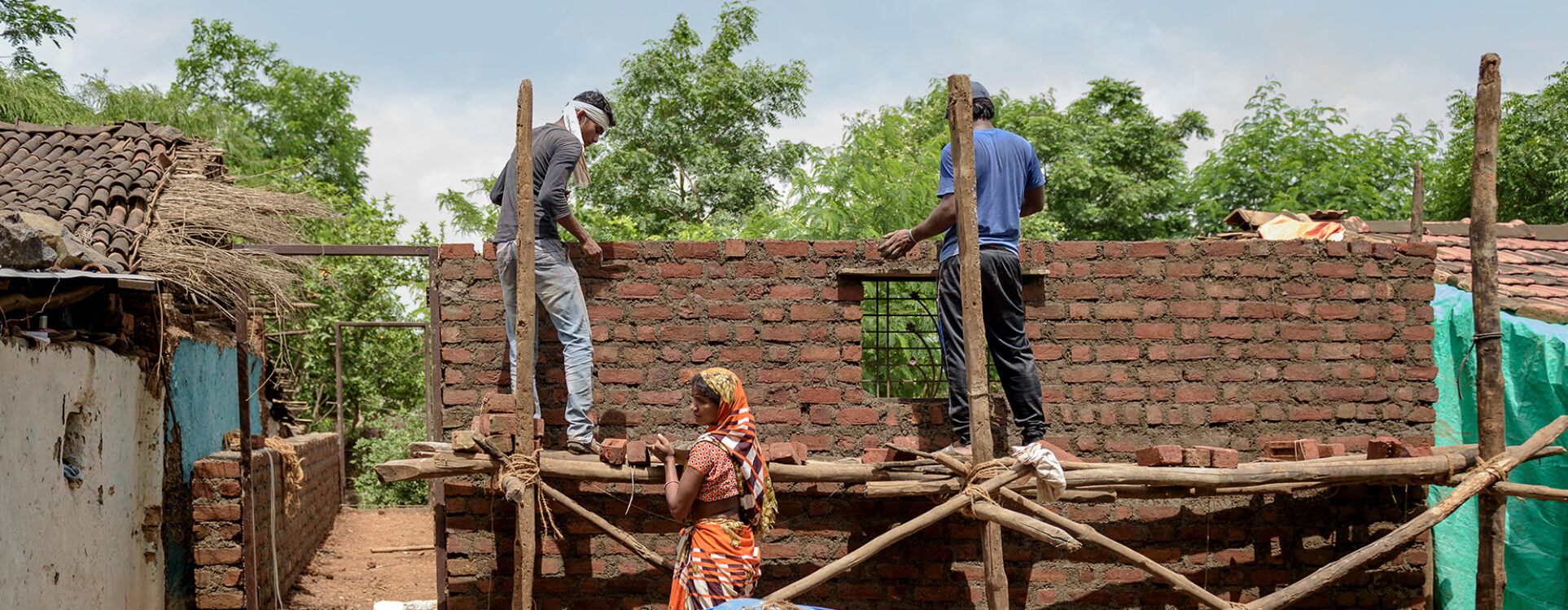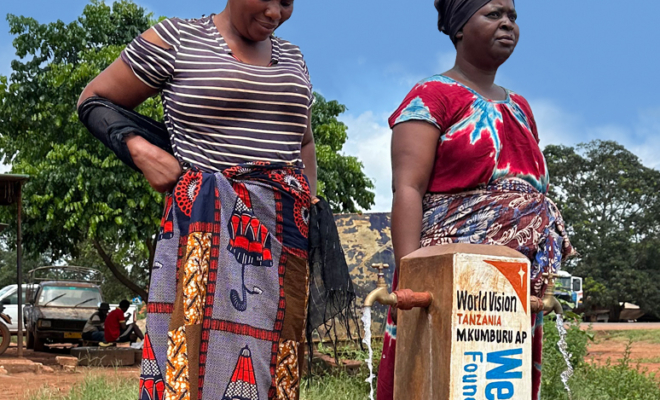What is more expensive: bearing the damage from climate change year after year, or investing in mitigation and adaptation? One of the most repeated arguments by denialist sectors in recent years is that the 2030 Agenda and environmental policies “impoverish the world.” According to this view, investments in energy transition, climate adaptation, and environmental protection are an economic burden that slows growth and punishes citizens.
In the water sector, for instance, fake news is spread suggesting that a hypothetical demolition of dams in Europe would be an attack on the agricultural industry, or that efforts to restore river biodiversity and preserve aquifers would come at the expense of farmers.
A similar narrative has emerged around the recent wildfires in the Iberian Peninsula. The urgent need to manage rural land — through traditional agroforestry and silvopastoral practices — to avoid uncontrolled biomass accumulation and curb depopulation has triggered similar reactions from the most radical sectors: it is portrayed as an attack on the industrialisation of the countryside and as a source of economic impoverishment.
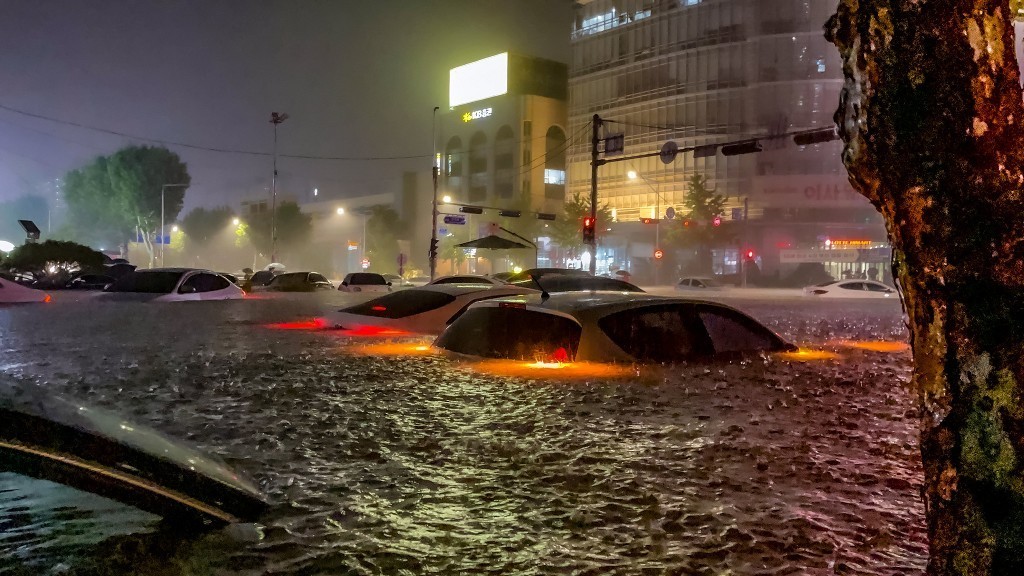
Climate change already has a measurable and growing economic cost. © Jun Woo Jung
Economists at Work
Greenhouse gas (GHG) reduction is perhaps the measure most strongly rejected by critics of the SDGs. Not even the evidence of more frequent heatwaves, droughts, and floods — direct consequences of atmospheric warming — which dominate headlines every year and cause billion-euro losses, is enough to convince a portion of the public who view UN strategies as political manipulation. A perception we have already addressed in Who’s Afraid of the 2030 Agenda?
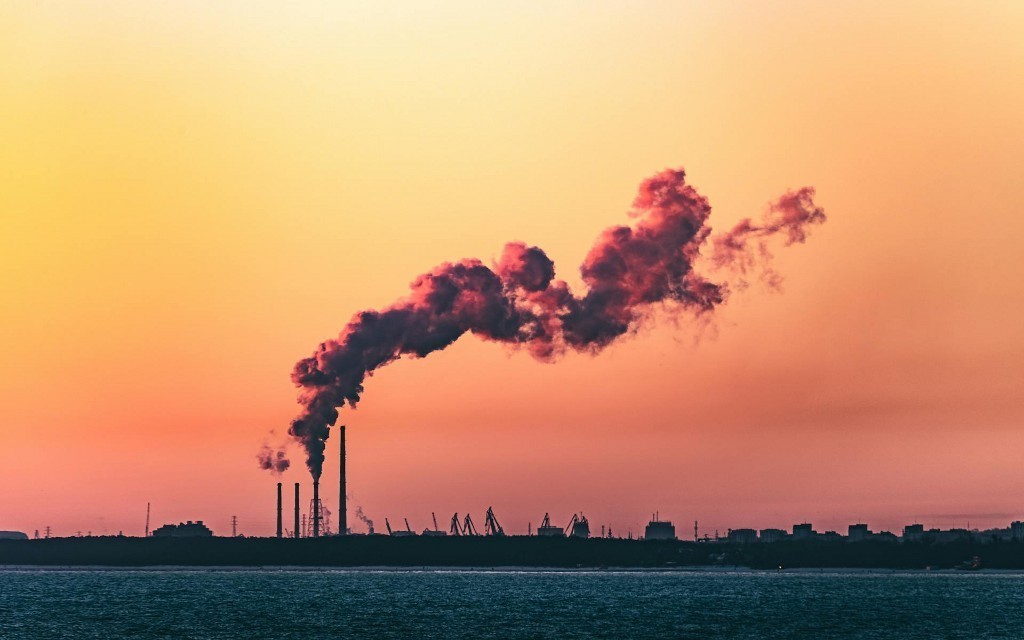
Greenhouse gas (GHG) reduction is perhaps the measure most strongly rejected by critics of the SDGs © pexels-marek-piwnicki
Faced with the scale of extreme weather and biodiversity loss, economists have intensified their analysis. A study published in September by the University of Mannheim (Germany), in collaboration with the European Central Bank (ECB), estimates that heatwaves, droughts, and floods left the EU with a €43 billion bill in the summer of 2025 —a figure that could triple to €126 billion by 2029 if urgent measures are not adopted. Spain leads the losses with €12.2 billion, 28% of the total.
The study stands out from other global models because it focuses on a specific period—the summer of 2024—and integrates data from productivity, energy, agriculture, and health to calculate the loss of gross value added in the European economy. It also factors in indirect impacts such as reduced labour productivity, increased public spending, supply chain disruption, and pressure on healthcare systems.
It is worth noting that these figures do not include wildfires, whose cost in Spain is estimated at €1.2–1.5 billion, likely higher once losses to buildings and infrastructure are assessed.
The economists’ conclusion is clear: extreme climate events are already shaping Europe’s economic development, making it urgent to reduce emissions and increase investment in adaptation — for example, strengthening cities against heat and improving water management. They stress that the costs of inaction are already so high that mitigation and adaptation offer a net return to the economy.
Evidence That Confirms Itself
Comparing the costs of action versus inaction is not a new concept. In 2006, the UK government commissioned the pioneering Stern Review, which concluded that investing around 1% of global GDP in emissions reduction was far cheaper than bearing the economic losses of climate change, which in extreme scenarios could reach up to 20% of GDP. The report was a milestone, shifting the debate from the scientific to the economic sphere and showing governments and companies that inaction carried a tangible price. Two years later, the European Environment Agency (EEA) reinforced this message with its report Climate Change: The Cost of Inaction and the Cost of Adaptation, providing additional rigorous data.
The warning of climate economics gained even greater weight with the World Bank’s Shock Waves report (2016), the first to show clearly that climate change could undo decades of progress in poverty reduction. The report warned that, without urgent action, the climate crisis could push over 100 million people into extreme poverty before 2030.
Shock Waves appeared at a key moment: just after the Paris Agreement (2015), when the international community had set the 2°C target. At the same time, the IPCC was working on the scientific review that culminated in the Special Report on Global Warming (SR15, 2018), which decisively lowered the threshold to 1.5°C —the critical limit that remains in place today.
The Bill in Africa and Latin America
In developing countries, the economic impact of climate change is even more devastating. In Africa, the World Meteorological Organisation (WMO) estimates that extreme events cause annual losses of 2–5% of GDP, while adaptation costs amount to $30–50 billion per year. Some African countries allocate up to 9% of their national budgets to adaptation, reducing their capacity to invest in education, health, or infrastructure.
In Latin America, the Economic Commission for Latin America and the Caribbean (ECLAC) has documented the impacts on key sectors, including agriculture, water, and health. A study concludes that adaptation investments generate net benefits, especially in the most vulnerable regions. The continent’s unique biodiversity makes it a global asset; this was evident at the most recent Latin American Impact Investing Forum (FLII 2025), where it became clear that integrating crops and forests, and harnessing ecosystem services, is an area where every investment falls short compared to its potential returns.
Our own experience in the tropical rainforests of Nicaragua, in one of our first projects supporting regenerative agriculture, as well as in Ecuador’s transition zones, confirms this trend: preserving natural capital not only protects ecosystems but also opens up an investment field with highly positive socioeconomic returns.
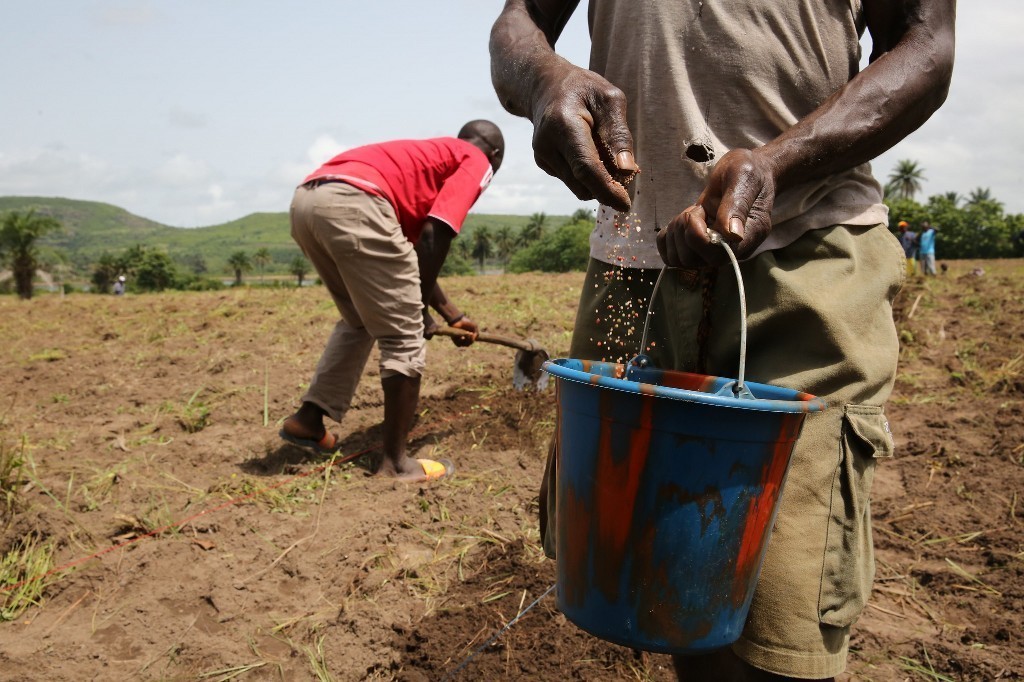
In Africa, the World Meteorological Organisation (WMO) estimates that extreme events cause annual losses of 2–5% of GDP. © Dominic Chavez/ World bank
The Best Economic Policy
The economic debate is no longer whether we should act, but how to finance action. Recent studies leave us with three clear lessons:
- The cost of climate change is already measured in billions of dollars. The industrialised world loses a significant share of its wealth each year to extreme events, and most of these losses are uninsured, creating huge financial and social risks.
- Poorer countries suffer more. In Africa and Latin America, losses are proportionally much greater relative to GDP, fueling imbalances that drive social and migratory crises.
- Investment pays off. The UN Environment Programme (UNEP) estimates that annual adaptation costs could range between $140 billion and $ 300 billion by 2030, but the benefits of this investment could be six times higher.
Water illustrates this logic well. At the last World Water Week, it was highlighted that lack of access to water and sanitation causes $260 billion in global losses every year. In contrast, every dollar invested in water generates a fourfold return.
The conclusion is clear: paying the bill for climate change is more expensive than investing in its prevention. We either act now or face far higher bills later. The denialist narrative that portrays the 2030 Agenda as impoverishing collapses in the face of scientific and economic evidence: climate action is not merely ideological —it is the best economic policy available.
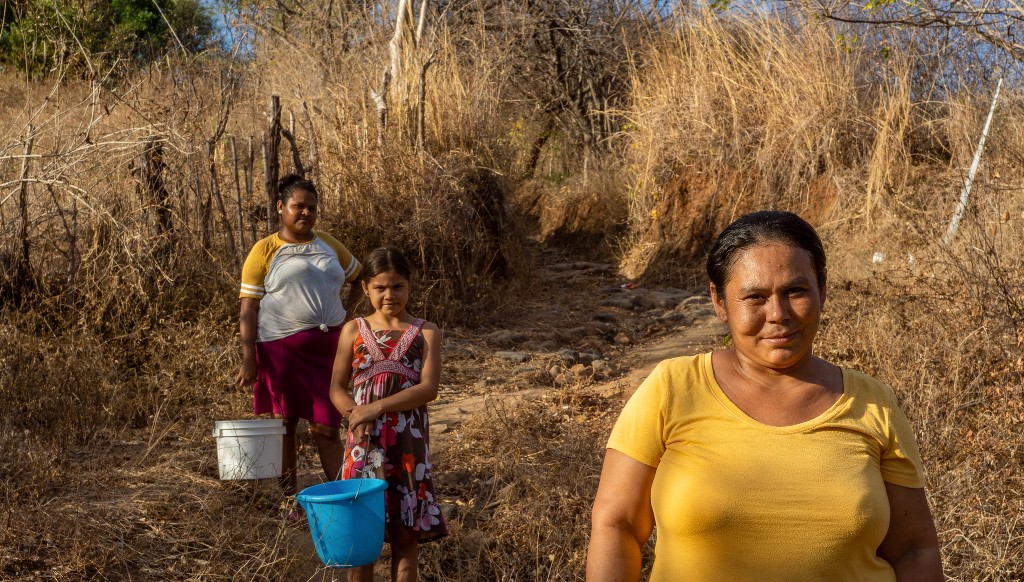
In Latin America, the Economic Commission for Latin America and the Caribbean (ECLAC) has documented the impacts on key sectors, including agriculture, water, and health. © FAO


